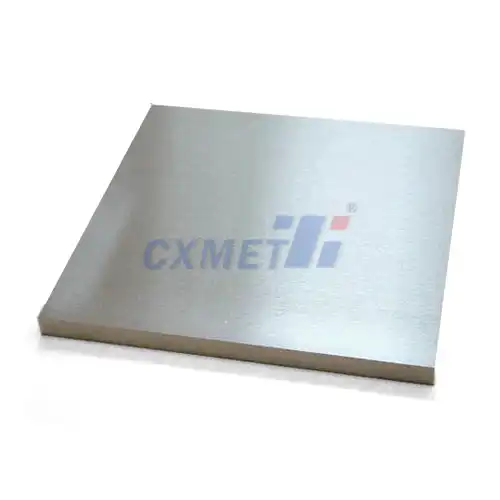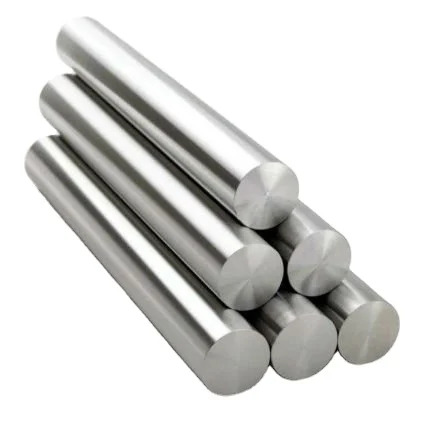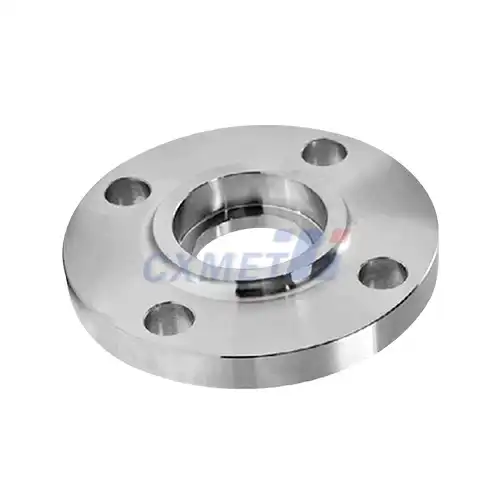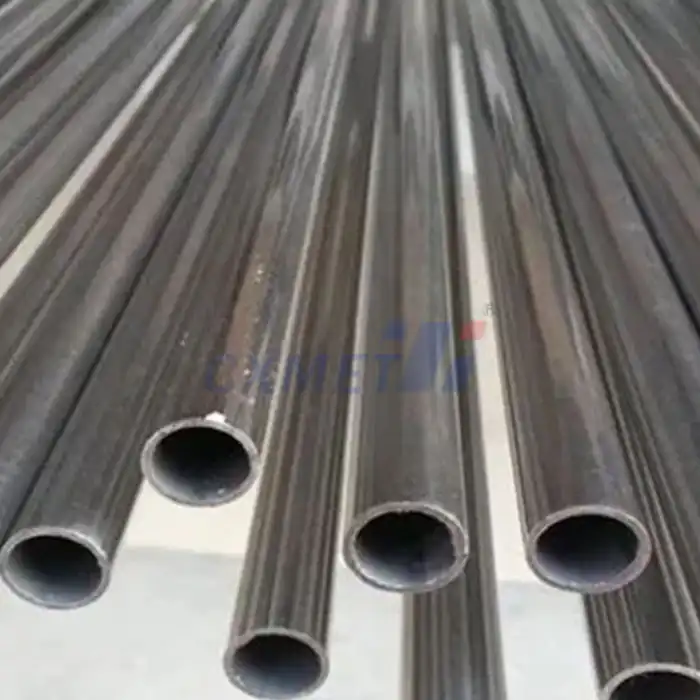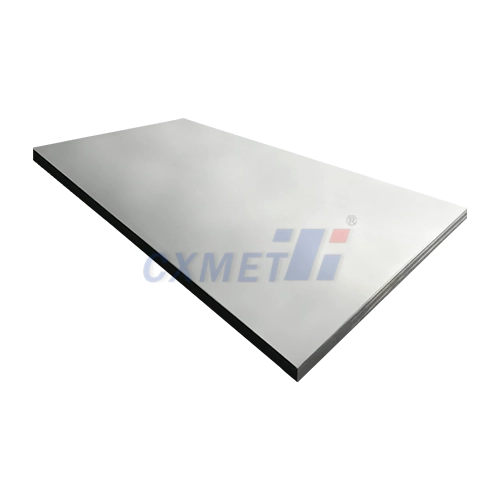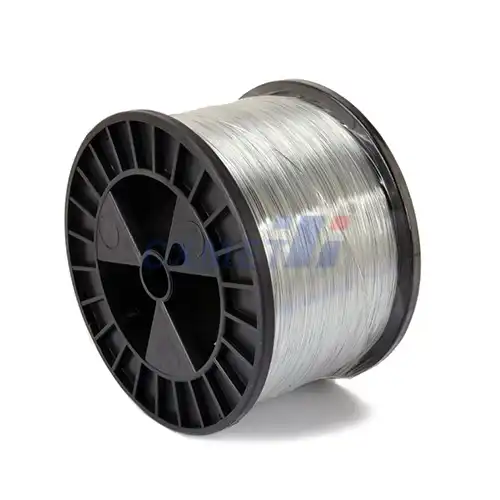- English
- French
- German
- Portuguese
- Spanish
- Russian
- Japanese
- Korean
- Arabic
- Greek
- German
- Turkish
- Italian
- Danish
- Romanian
- Indonesian
- Czech
- Afrikaans
- Swedish
- Polish
- Basque
- Catalan
- Esperanto
- Hindi
- Lao
- Albanian
- Amharic
- Armenian
- Azerbaijani
- Belarusian
- Bengali
- Bosnian
- Bulgarian
- Cebuano
- Chichewa
- Corsican
- Croatian
- Dutch
- Estonian
- Filipino
- Finnish
- Frisian
- Galician
- Georgian
- Gujarati
- Haitian
- Hausa
- Hawaiian
- Hebrew
- Hmong
- Hungarian
- Icelandic
- Igbo
- Javanese
- Kannada
- Kazakh
- Khmer
- Kurdish
- Kyrgyz
- Latin
- Latvian
- Lithuanian
- Luxembou..
- Macedonian
- Malagasy
- Malay
- Malayalam
- Maltese
- Maori
- Marathi
- Mongolian
- Burmese
- Nepali
- Norwegian
- Pashto
- Persian
- Punjabi
- Serbian
- Sesotho
- Sinhala
- Slovak
- Slovenian
- Somali
- Samoan
- Scots Gaelic
- Shona
- Sindhi
- Sundanese
- Swahili
- Tajik
- Tamil
- Telugu
- Thai
- Ukrainian
- Urdu
- Uzbek
- Vietnamese
- Welsh
- Xhosa
- Yiddish
- Yoruba
- Zulu
What are the Mechanical Properties of Titanium 6Al-4V Grade 5 Sheet?
2024-08-02 17:22:11
Titanium 6Al-4V Grade 5 Sheet is a high-strength titanium alloy widely used in aerospace, medical, and industrial applications due to its excellent mechanical properties. This alloy combines the lightweight characteristics of titanium with enhanced strength and durability, making it a popular choice for demanding environments. In this blog post, we'll explore the mechanical properties of Titanium 6Al-4V Grade 5 Sheet and answer some common questions about its performance and applications.
How does heat treatment affect the properties of Titanium 6Al-4V?
Heat treatment plays a crucial role in determining the final mechanical properties of Titanium 6Al-4V Grade 5 Sheet. The most common heat treatment processes for this alloy are annealing, solution treating, and aging. Each of these processes can significantly alter the material's microstructure and, consequently, its mechanical properties.
Annealing is typically performed to reduce residual stresses, increase ductility, and improve machinability. The annealing process for Ti-6Al-4V usually involves heating the material to temperatures between 700°C and 785°C, holding it for a specified time, and then cooling it slowly. This process results in a more uniform microstructure and reduces the strength of the alloy while increasing its ductility.
Solution treating and aging, also known as solution heat treatment (SHT), is used to achieve higher strength levels. The solution treating step involves heating the alloy to temperatures around 955°C to 970°C, holding it for a sufficient time to allow the alloying elements to dissolve into solid solution, and then rapidly quenching it. This creates a supersaturated solid solution. The subsequent aging step, typically performed at temperatures between 480°C and 595°C, allows for the controlled precipitation of strengthening phases, resulting in a significant increase in strength and hardness.
The effects of heat treatment on Titanium 6Al-4V Grade 5 Sheet can be quite dramatic. For example, in the annealed condition, the alloy typically exhibits a yield strength of around 830-924 MPa and an ultimate tensile strength of 900-993 MPa. However, after solution treating and aging, these values can increase to 1100-1270 MPa for yield strength and 1170-1310 MPa for ultimate tensile strength.
It's important to note that while heat treatment can significantly enhance the strength of Ti-6Al-4V, it often comes at the cost of reduced ductility. The elongation at failure, which is a measure of ductility, can decrease from 10-14% in the annealed condition to 8-10% in the solution treated and aged condition. This trade-off between strength and ductility is a crucial consideration when selecting the appropriate heat treatment for a specific application.
What are the fatigue properties of Titanium 6Al-4V Grade 5 Sheet?
The fatigue properties of Titanium 6Al-4V Grade 5 Sheet are of particular interest in many applications, especially in aerospace and medical industries where components are subjected to cyclic loading. Fatigue resistance is a critical factor in determining the long-term performance and reliability of parts made from this alloy.
Ti-6Al-4V exhibits excellent fatigue properties compared to many other engineering materials. Its high strength-to-weight ratio and good crack propagation resistance contribute to its superior fatigue performance. The fatigue strength of Ti-6Al-4V is typically around 50-60% of its ultimate tensile strength, which is higher than many steels and aluminum alloys.
The fatigue limit, also known as the endurance limit, is the stress level below which the material can theoretically withstand an infinite number of cycles without failure. For Ti-6Al-4V, this value is typically in the range of 510-610 MPa for smooth specimens under fully reversed loading conditions (R = -1). However, it's important to note that the actual fatigue performance can vary depending on factors such as surface finish, notch sensitivity, mean stress, and environmental conditions.
One of the unique aspects of Ti-6Al-4V's fatigue behavior is its relatively flat S-N curve (stress vs. number of cycles to failure) at high cycle fatigue regimes. This means that the fatigue strength doesn't decrease as rapidly with increasing number of cycles compared to many other materials. This characteristic makes Ti-6Al-4V particularly suitable for applications requiring high cycle fatigue resistance.
The fatigue crack growth rate in Ti-6Al-4V is also relatively low, which contributes to its good damage tolerance. This property is especially important in aerospace applications where the ability to detect cracks before they reach critical size is crucial for safety.
It's worth noting that the fatigue properties of Ti-6Al-4V can be influenced by various factors, including:
1. Microstructure: The fatigue performance is sensitive to the alloy's microstructure, which can be controlled through processing and heat treatment. Generally, a fine, equiaxed microstructure tends to offer better fatigue resistance than a coarse, lamellar structure.
2. Surface conditions: Surface defects, roughness, and residual stresses can significantly affect fatigue life. Techniques such as shot peening or laser shock peening can be used to induce compressive residual stresses on the surface, improving fatigue performance.
3. Environment: Ti-6Al-4V is known for its excellent corrosion resistance, but certain environments can still impact its fatigue properties. For instance, the presence of hydrogen can lead to embrittlement and reduced fatigue life.
4. Loading conditions: The stress ratio (R) and loading frequency can influence fatigue behavior. High mean stresses typically reduce fatigue life, while very high frequencies can lead to heating effects that may alter material properties.
Understanding these factors is crucial for designing components that can withstand the demanding fatigue requirements in applications such as aircraft structures, medical implants, and high-performance automotive parts.
How does Titanium 6Al-4V Grade 5 Sheet compare to other titanium alloys in terms of mechanical properties?
When comparing Titanium 6Al-4V Grade 5 Sheet to other titanium alloys, it's important to consider the wide range of titanium alloys available, each designed for specific applications and performance requirements. Ti-6Al-4V is considered an α+β alloy and is often used as a benchmark for comparing other titanium alloys due to its widespread use and well-balanced properties.
Compared to commercially pure (CP) titanium grades (Grade 1-4), Ti-6Al-4V offers significantly higher strength. For instance, Grade 4 CP titanium, which is the strongest of the unalloyed grades, has a typical yield strength of 480-655 MPa, while Ti-6Al-4V in the annealed condition offers 830-924 MPa. This substantial increase in strength comes with only a modest increase in density (4.43 g/cm³ for Ti-6Al-4V vs. 4.51 g/cm³ for CP titanium), maintaining an excellent strength-to-weight ratio.
When compared to other α+β alloys, such as Ti-6Al-2Sn-4Zr-6Mo (Ti-6246) or Ti-5Al-5Mo-5V-3Cr (Ti-5553), Ti-6Al-4V generally offers a good balance of properties. Ti-6246 and Ti-5553 can achieve higher strengths (with yield strengths potentially exceeding 1200 MPa), but this often comes at the cost of reduced ductility and toughness. Ti-6Al-4V maintains better ductility and is typically easier to process and fabricate.
Beta alloys like Ti-10V-2Fe-3Al or Ti-15V-3Cr-3Al-3Sn offer even higher strength potential and excellent formability in the solution-treated condition. However, they are generally more expensive and can be more challenging to process than Ti-6Al-4V. These alloys are often used in specialized aerospace applications where their unique properties justify the additional cost and processing complexity.
In terms of fatigue performance, Ti-6Al-4V is generally superior to CP titanium grades and competitive with many other titanium alloys. Its fatigue strength-to-density ratio is particularly impressive, often outperforming many steels and aluminum alloys in this aspect.
Corrosion resistance is another area where Ti-6Al-4V excels. While it may not be quite as corrosion-resistant as CP titanium in some environments, it still offers excellent resistance to a wide range of corrosive media, outperforming many other structural metals and alloys.
One area where Ti-6Al-4V may be outperformed by some other titanium alloys is in high-temperature applications. While it maintains good strength up to about 400°C, alloys like Ti-6242S or near-α alloys like Ti-8Al-1Mo-1V offer better creep resistance and strength retention at higher temperatures.
In summary, Titanium 6Al-4V Grade 5 Sheet offers an excellent balance of strength, ductility, fatigue resistance, and corrosion resistance. While other titanium alloys may surpass it in specific properties, the overall combination of properties, along with its established processing routes and widespread availability, makes Ti-6Al-4V a versatile and popular choice across various industries.
At SHAANXI CXMET TECHNOLOGY CO., LTD, we take pride in our extensive product range, which caters to diverse customer needs. Our company is equipped with outstanding production and processing capabilities, ensuring the high quality and precision of our products. We are committed to innovation and continuously strive to develop new products, keeping us at the forefront of our industry. With leading technological development capabilities, we are able to adapt and evolve in a rapidly changing market. Furthermore, we offer customized solutions to meet the specific requirements of our clients. If you are interested in our products or wish to learn more about the intricate details of our offerings, please do not hesitate to contact us at sales@cxmet.com. Our team is always ready to assist you.
References:
1. Boyer, R., Welsch, G., & Collings, E. W. (1994). Materials Properties Handbook: Titanium Alloys. ASM International.
2. Leyens, C., & Peters, M. (Eds.). (2003). Titanium and titanium alloys: fundamentals and applications. John Wiley & Sons.
3. Lutjering, G., & Williams, J. C. (2007). Titanium (Engineering Materials and Processes). Springer.
4. Donachie, M. J. (2000). Titanium: a technical guide. ASM international.
5. Peters, M., Kumpfert, J., Ward, C. H., & Leyens, C. (2003). Titanium alloys for aerospace applications. Advanced Engineering Materials, 5(6), 419-427.
6. Rack, H. J., & Qazi, J. I. (2006). Titanium alloys for biomedical applications. Materials Science and Engineering: C, 26(8), 1269-1277.
7. Veiga, C., Davim, J. P., & Loureiro, A. J. R. (2012). Properties and applications of titanium alloys: a brief review. Reviews on Advanced Materials Science, 32(2), 133-148.
8. Niinomi, M. (1998). Mechanical properties of biomedical titanium alloys. Materials Science and Engineering: A, 243(1-2), 231-236.
9. Wagner, L., & Lütjering, G. (2004). Influence of shot peening parameters on the work hardening and fatigue behavior of Ti-6Al-4V. In Shot Peening (pp. 455-460). Wiley-VCH Verlag GmbH & Co. KGaA.
10. Mouritz, A. P. (2012). Introduction to aerospace materials. Elsevier.
